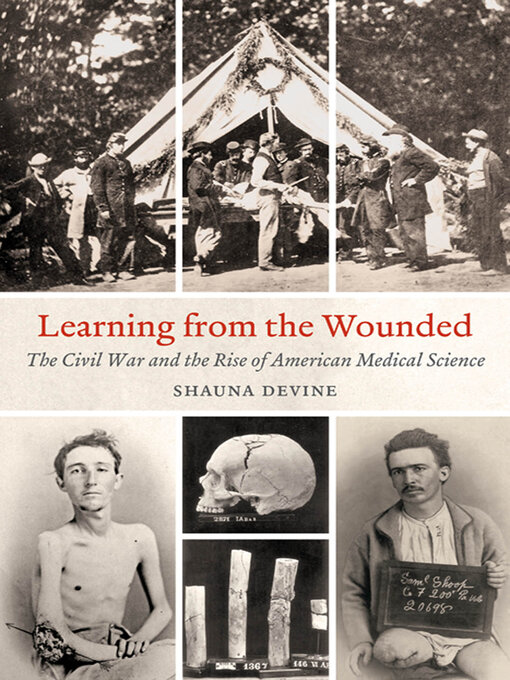Learning from the Wounded
The Civil War and the Rise of American Medical Science
Always available
Always available
Though the war's human toll was tragic, conducting postmortems on the dead and caring for the wounded gave physicians ample opportunity to study and develop new methods of treatment and analysis, from dissection and microscopy to new research into infectious disease processes. Examining the work of doctors who served in the Union Medical Department, Devine sheds new light on how their innovations in the midst of crisis transformed northern medical education and gave rise to the healing power of modern health science.
-
Creators
-
Series
-
Publisher
-
Release date
March 17, 2014 -
Formats
-
Kindle Book
- ISBN: 9781469615486
-
OverDrive Read
- ISBN: 9781469611563
- File size: 6518 KB
-
EPUB ebook
- ISBN: 9781469611563
- File size: 4944 KB
-
-
Languages
- English
-
Reviews

Loading
Formats
- Kindle Book
- OverDrive Read
- EPUB ebook
subjects
Languages
- English
Loading
Why is availability limited?
×Availability can change throughout the month based on the library's budget. You can still place a hold on the title, and your hold will be automatically filled as soon as the title is available again.
The Kindle Book format for this title is not supported on:
×Read-along ebook
×The OverDrive Read format of this ebook has professional narration that plays while you read in your browser. Learn more here.
